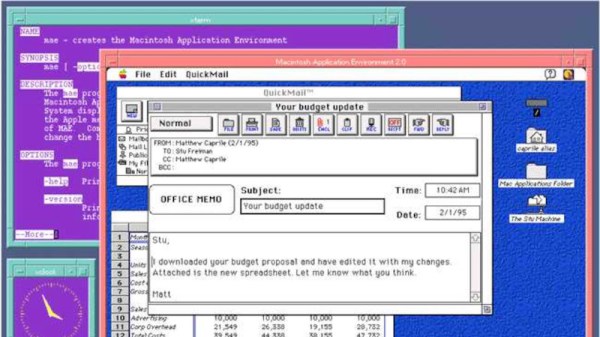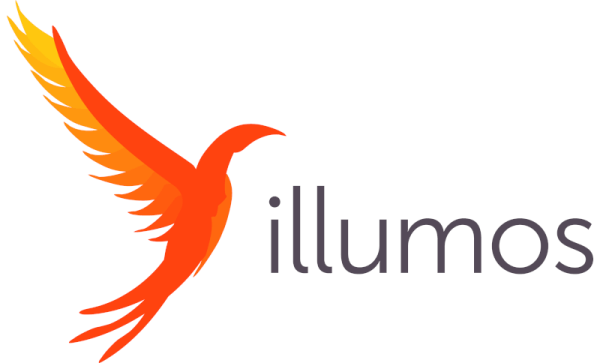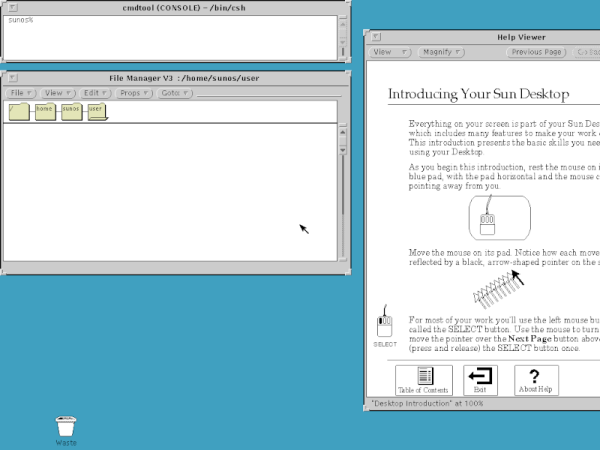The truth is, our desktop computers today would have been classed as supercomputers only a few decades ago. There was a time when people who needed real desktop power looked down their noses at anyone with a Mac or a PC with any operating system on it. The workstation crowd used Sun computers. Sun used the Sparc processor, and the machine had specs that are laughable now but were enviable in their day. [RetroBytes] shows off Sun’s final entry in the category, the Ultra 45 from 2007.
Confusingly, the model numbers don’t necessarily increase. The Ultra 80, for example, is an older computer than the 45. Then there were machines like the Ultra 20, 24, 27, and 40 that all used x86 CPUs. A ’45 had one or two UltraSPARC III 64-bit CPUs running at 1.6 GHz and up to a whopping 16 GB of RAM (the one in the video has 8GB). Sure, we see less powerful computers today, but they are usually Chromebooks or very cheap PCs.
The Ultra line started back in 1995 but went underground for a few years with a re-branding. Sun brought the name back in 2005, and the Ultra 45 hit the streets in 2006, only to discontinue the machine in late 2008. According to [RetroBytes], the Sun team knew the Workstation days were numbered and wanted to produce a final awesome workstation. Partially, the reason for sparing few expenses was that anyone who was buying a SPARC workstation in 2006 probably had a reason not to move to cheaper hardware, so you have them over a proverbial barrel.
We liked the CPU cooler, which looked hefty. Honestly, except for the type of CPUs in it, the box could pass itself off as a mid-range desktop tower today with PCI express sockets. The operating system was Sun’s brand of Unix, Solaris, now owned by Oracle.
Sun’s big competitor for a while was Apollo. We’d point out that if all you want is to run Solaris, you don’t need to buy new old hardware.

















